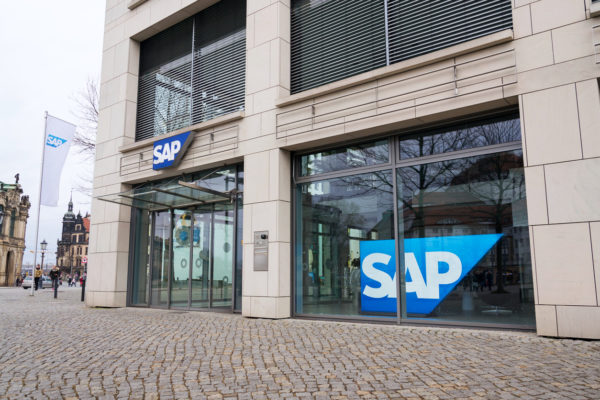In this blog we are going to take a look at SAP AIE. AIE consists of multiple local instances of the component SAP Aii. This component is then connected to a component called SAP OER to collect data centrally from across a company’s enterprise and business partners. It can be used to query, manage, and monitor a company’s processes centrally. Aii stands for Auto ID Infrastructure and OER stands for Object Event Repository and is used for serialization.
Serialization can be defined as the process by which each product in the supply chain would be assigned a unique number. Serialization would enable one to identify the manufacturer, the kind of product, the integrity of the product, etc. from the unique number assigned to a product in a global supply chain scenario.
There are many benefits by serializing your product:
- Your organization would able to take account of all the products that are being manufactured from your facility.
- One can easily manhandle the operations associated with it. It can help you to maintain your brand in the market.
- Drug counterfeiting and diversions are huge patient safety issues driving serialization globally. Organizations around the world have felt the need of serializing the product as a means to prevent counterfeiting and drug trafficking from happening in complex supply chain scenarios.
- RSI helped develop a serialization solution for a retail grocer that allowed them to trace their food, ensuring food safety.
SAP OER is an EPCIS repository fully new and compliant with GS1/EPC global EPCIS Standards. It allows an EPCIS capturing application to insert EPCIS events in the repository to query SAP OER. Reports for business intelligence can then be produced. SAP OER also manages serial numbers and can distribute a unique serial number range to other applications. SAP OER is meant to be instantiated at the corporate level.
On its side, SAP Aii is an EPCIS Events Capturing Application. It allows to management of low level material like printers, RFID devices, or hand held scanners in order to interpret the input of low level devices and converts it to EPCIS events. It also manages serial numbers, requests of serial number ranges to SAP OER, and can distribute a range to other applications. SAP Aii is meant to be the edge interface at the plant level.
Many companies are implementing this system for their product traceability and serialization needs, especially since there are regulations for GS1 compliance. It has many aspects that can be beneficial to businesses; it’s also very customizable and works well with many lower level systems that plants have which make it a great solution.

Four Ways a Strong Customer Experience (CX) Strategy Can Benefit Your Entire Business
Creating a positive customer experience (CX) is typically an important part of a company’s product strategy, but many people don’t realize the far-reaching impact of CX on the overall business. In this article, Senior Principal Consultant Joe Dallacqua and Principal Product Strategist Ryan Finco delve into the elements of a strong CX and how they can benefit your entire business.

Unlocking Gen AI’s Full Potential: The Crucial Role of Quality Data
In an era where artificial intelligence (AI) promises to revolutionize industries and redefine competitive landscapes, generative AI stands out for its ability to create new content, from text to images, videos and beyond. This article explores the pivotal role of high-quality data in generative AI efficacy, examines the preparedness of companies for adopting these technologies and outlines essential steps for building a robust data foundation.

Navigating Readiness & Expense for Section 1071 Compliance
After 14 years, Section 1071 of the Consumer Financial Protection Bureau (CFPB) moved from the back burner in bank lending under the Dodd-Frank Act. The question about 1071 remains: will it come onto the front burner considering the legal challenges and injunctions that have delayed its implementation for years? We believe that there are many areas to consider as a bank assesses their compliance readiness, which should be driving discussions across these executive responsibilities. Read on for key readiness focus areas and questions for discussion.

From Legacy to Leading Edge: Advancing Healthcare Through Legacy App Modernization
The modernization of legacy applications in the healthcare industry represents a particularly acute concern, more so than in any other sector. This article explores why legacy application modernization is a significantly bigger issue in healthcare compared to other industries and outlines strategic steps healthcare organizations can take to address this pressing challenge.
